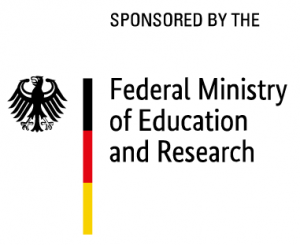
Distributed computing platform for radar-based 3D environment sensing in safe autonomous driving
The PLATON, research is conducted 3D radar sensor technology, which can be evaluated in multiple time windows and spatial expressions with artificial intelligence. The spectrum of applications ranges from security applications with extremely low latency with low spatial resolution to distributed and high resolution 3D reconstruction.
3D radar technology operates data and energy efficient, is cheaper than conventional LIDAR methods and promises significant advantages for diverse application areas, e.g. in intralogistics and autonomous driving.
More specifically, PLATON will design, implement, and evaluate an integrated sensor and processing platform that can dynamically distribute processing loads in arrays and operate in an energy-efficient manner. This platform enables the simultaneous execution of multiple AI processes that can be trained end-to-end in a simulation for virtual commissioning.
Project Partners
Pilz GmbH & Co. KG , Ostfildern | Creonic GmbH, Kaiserslautern | let‘s dev GmbH & Co. KG, Karlsruhe | Reeb Engineering GmbH, Merzig | OFFIS e.V., Oldenburg | Fraunhofer-Institut für Zuverlässigkeit und Mikrointegration IZM, Berlin | Fraunhofer-Institut für Hochfrequenzphysik und Radartechnik FHR, Wachtberg
11/2022 - 10/2025
Updates
Milestone-Meeting in Kaiserslautern
The Platon consortium meets
in Kaiserslautern to agree on the final specification. Alongside
technical workshops for advanced AI based navigation systems, novel
antenna radar structures and digital twins of autonomous vehicles are
held. The first version of a self-driving vehicle can be seen live in
action.
November 2020
Fixing Specifications
Within a Workshop at FHR in Wachtberg the specifications are fixed. The
toughest latency requirements for emergency scenarios demand a response
of less then 1 ms, while computation SLAM algorithms are
calculated on distributes units within 1 second.
April 2023
Kick-Off Meeting
The Partners meet in Ostfiltern for a kicking of the project.
April 2017
The project is funded by the Federal Ministry of Education and Research
